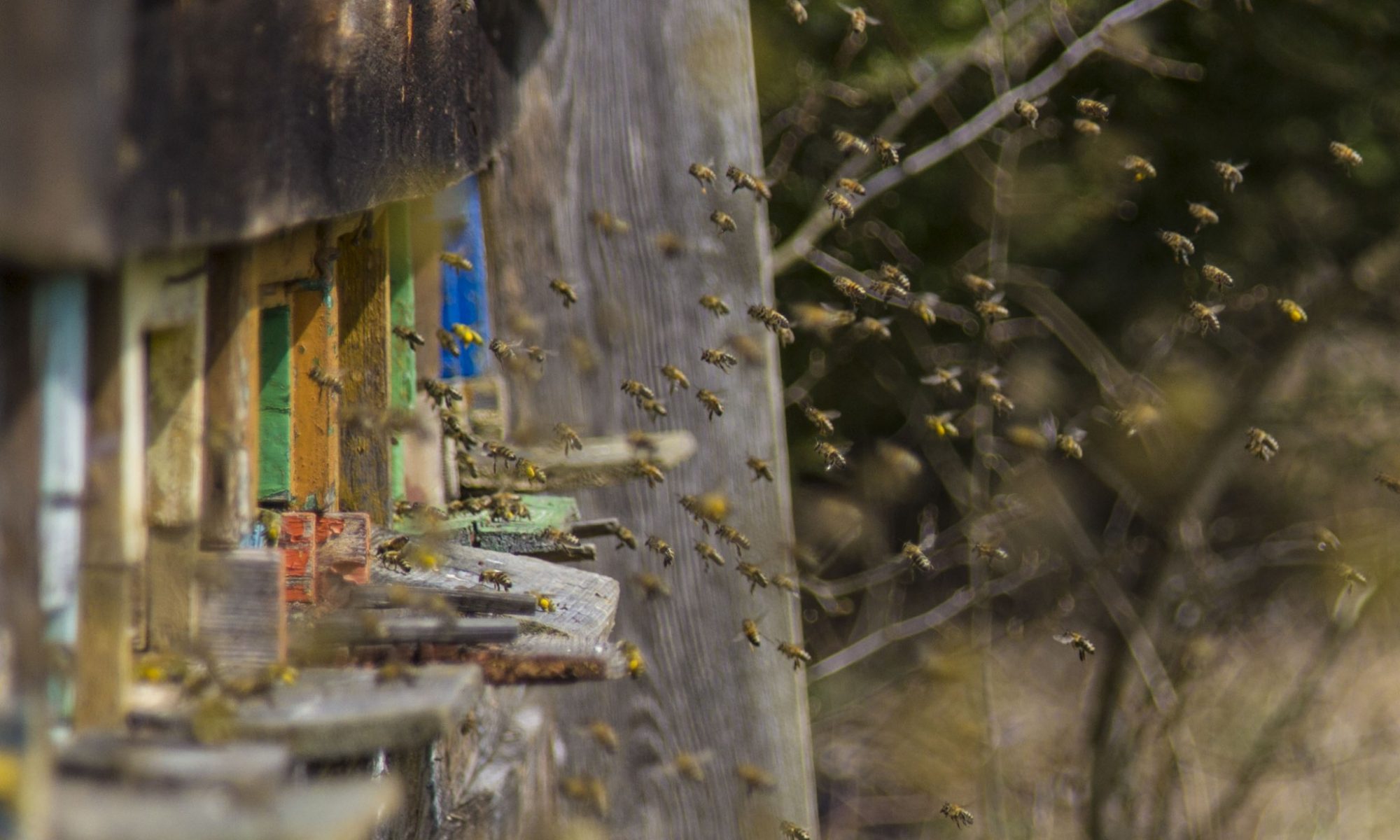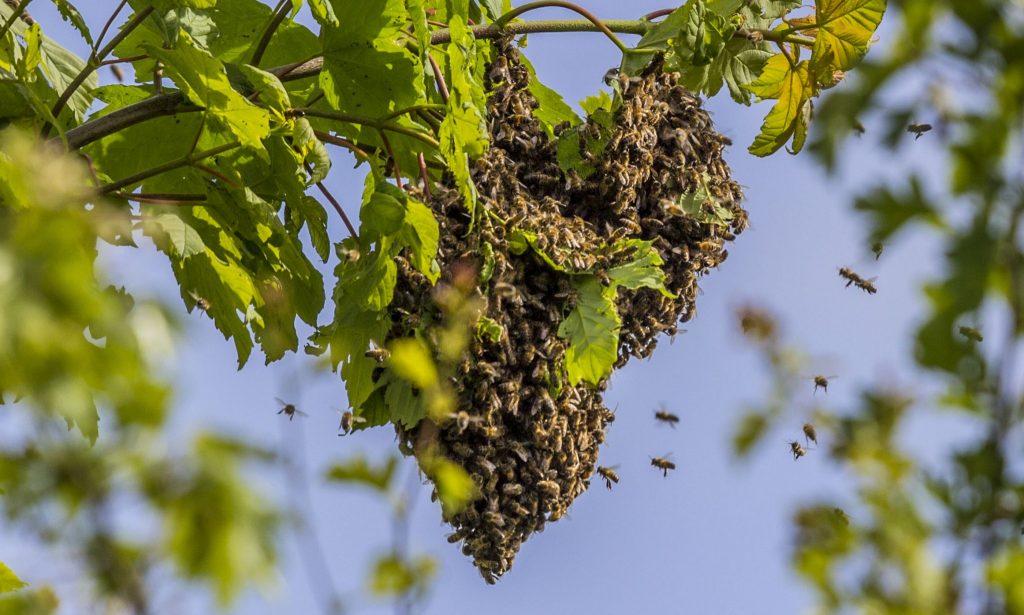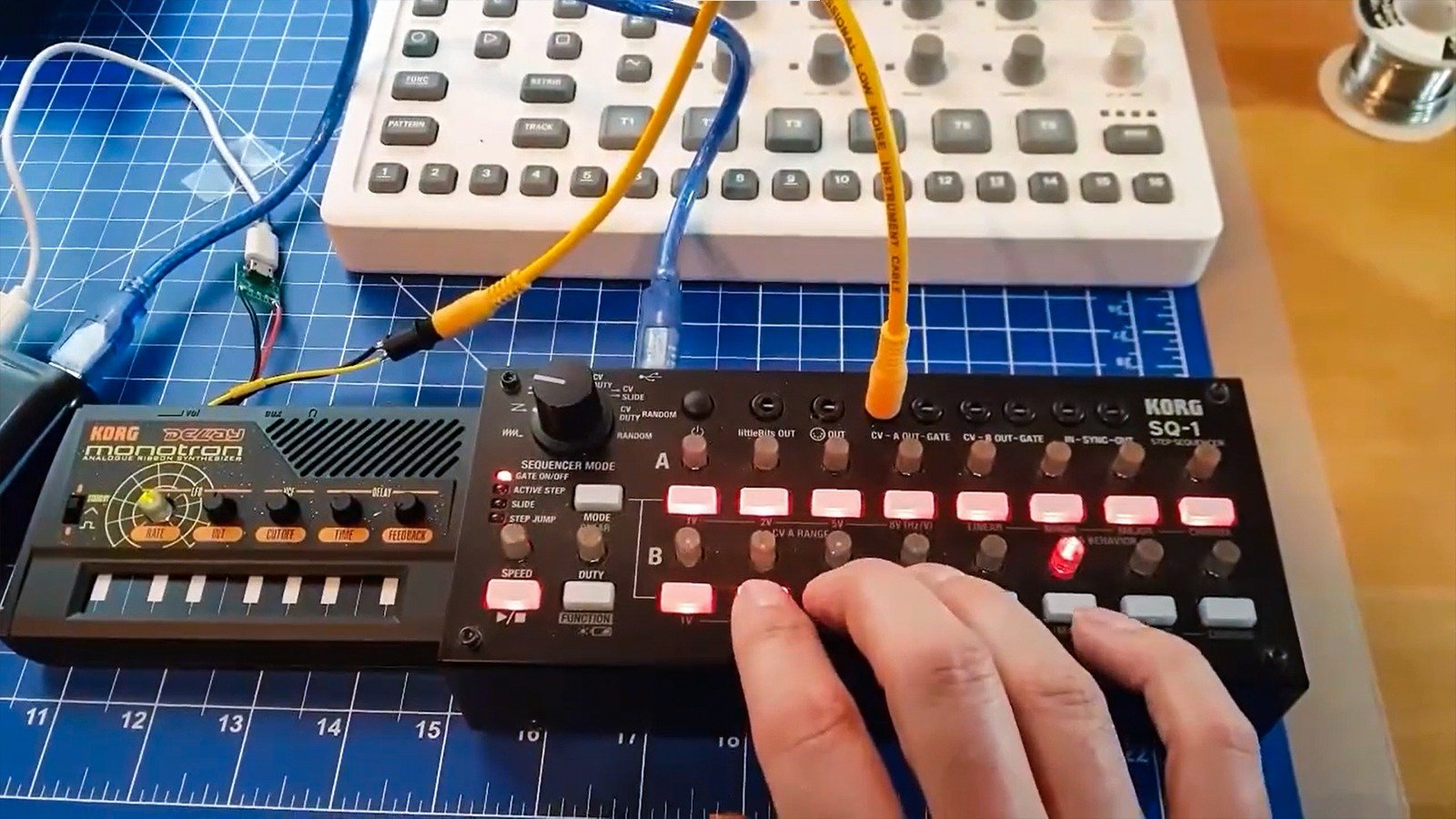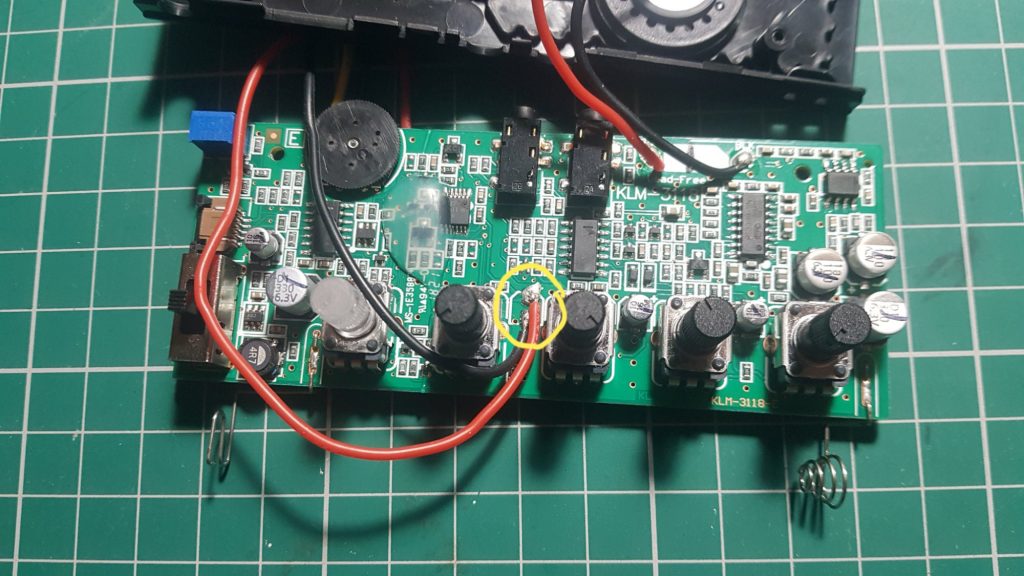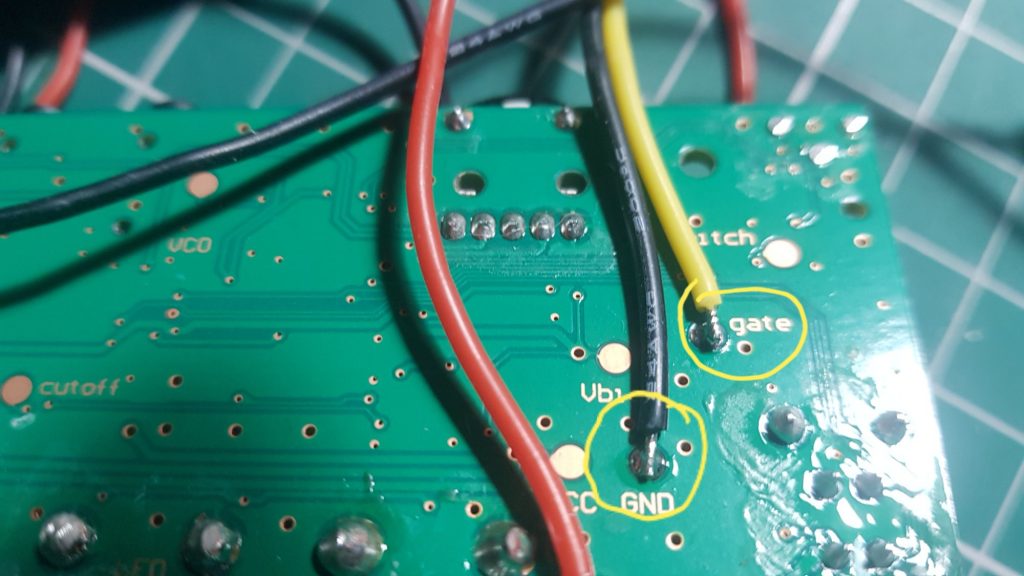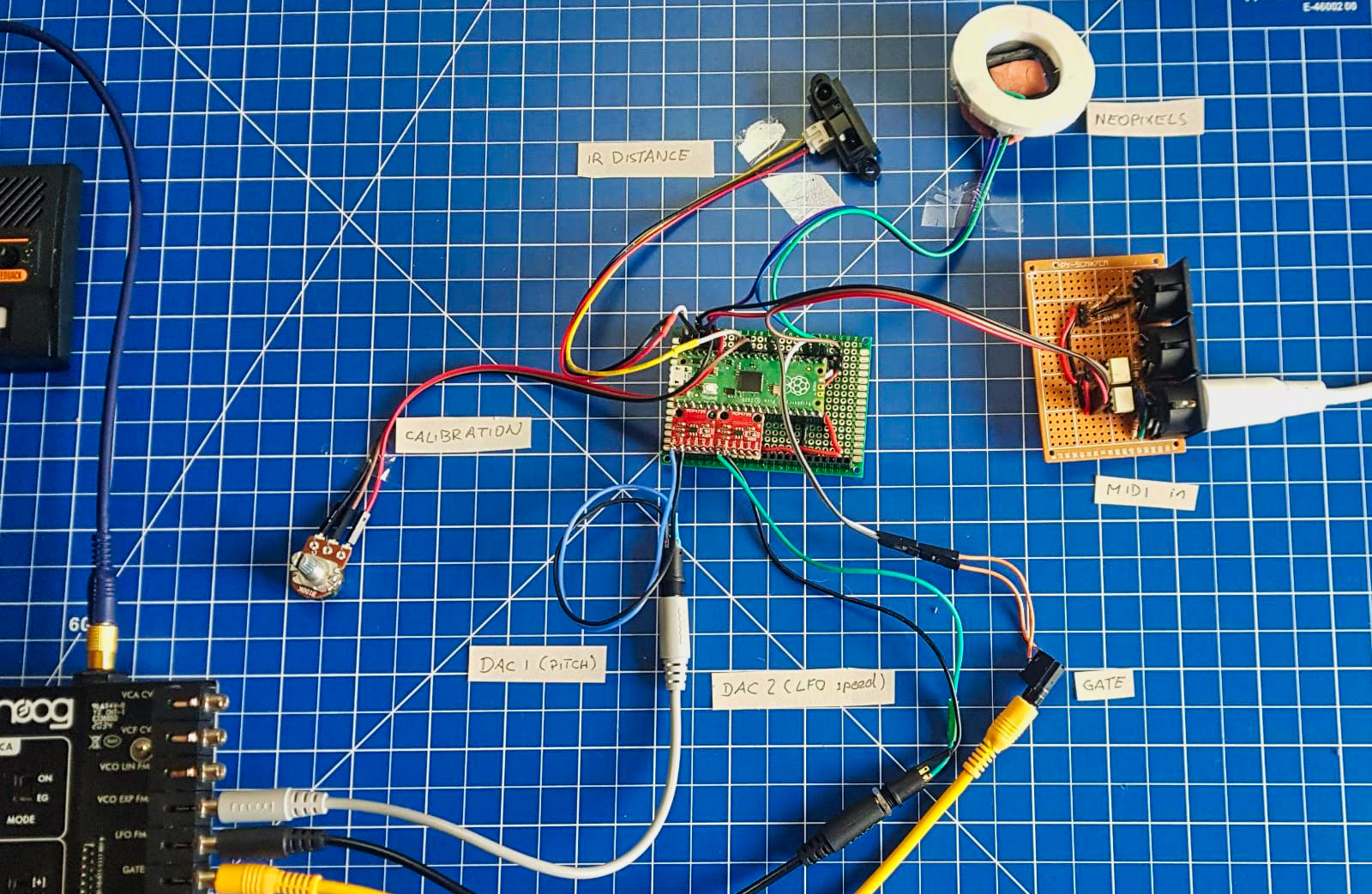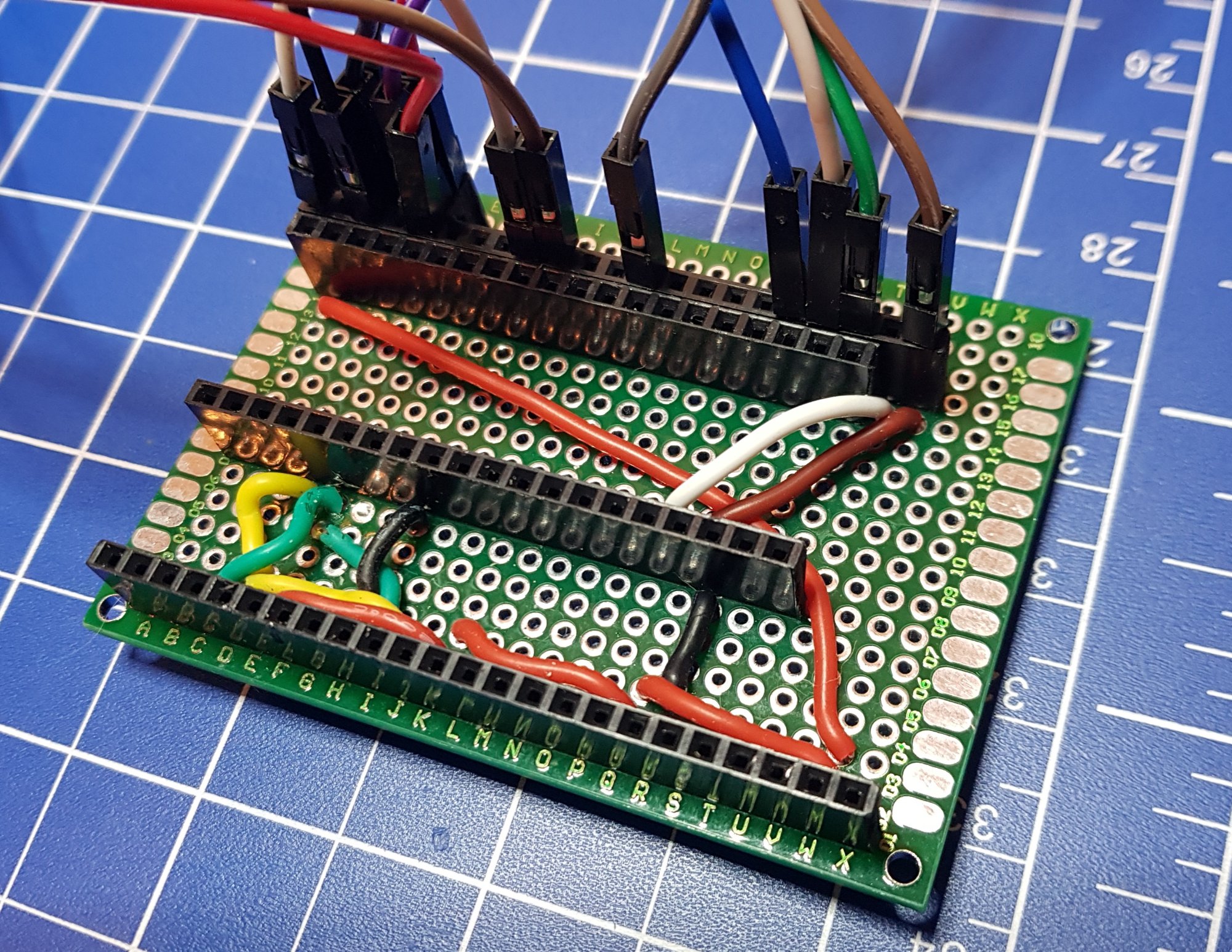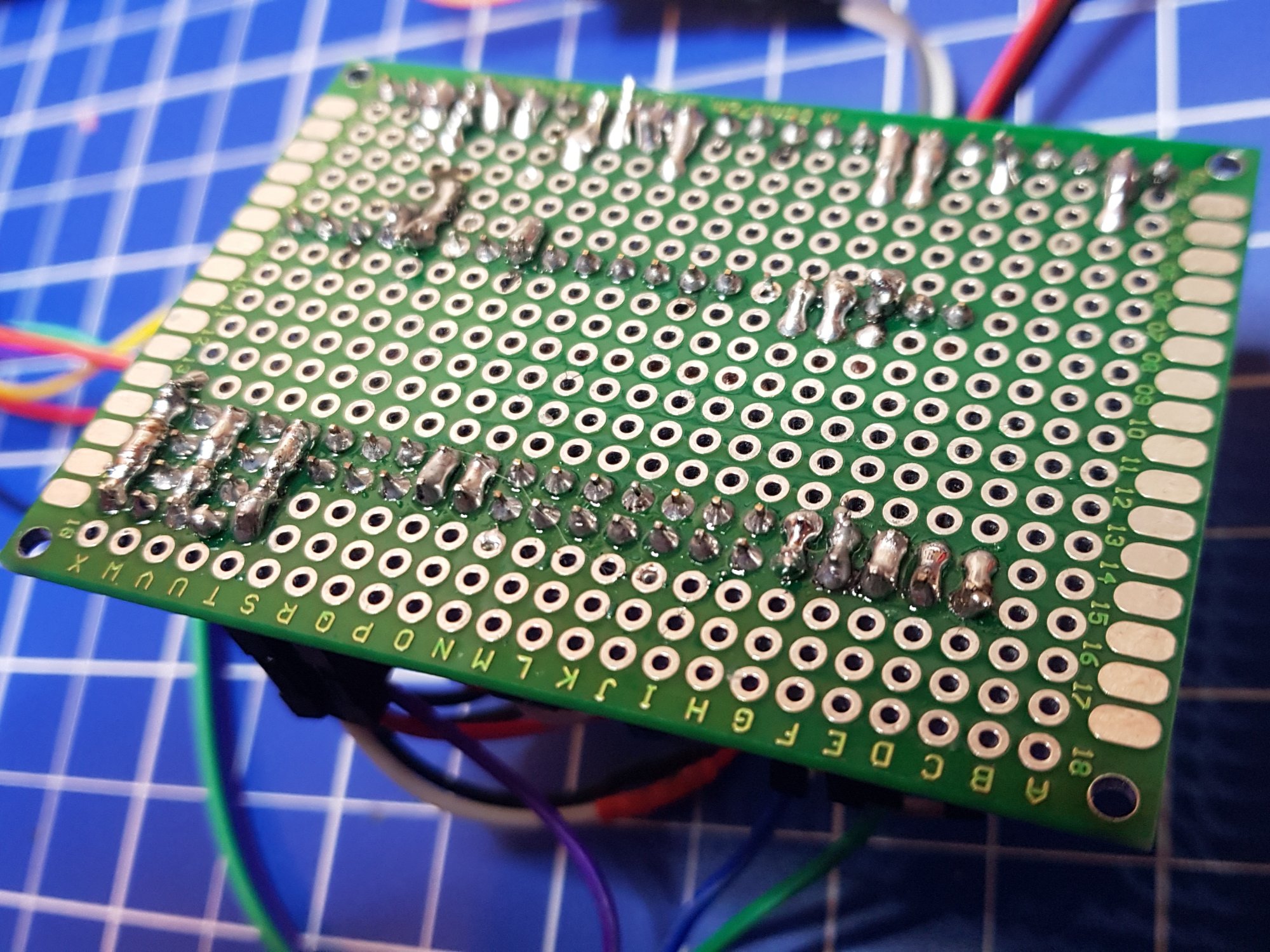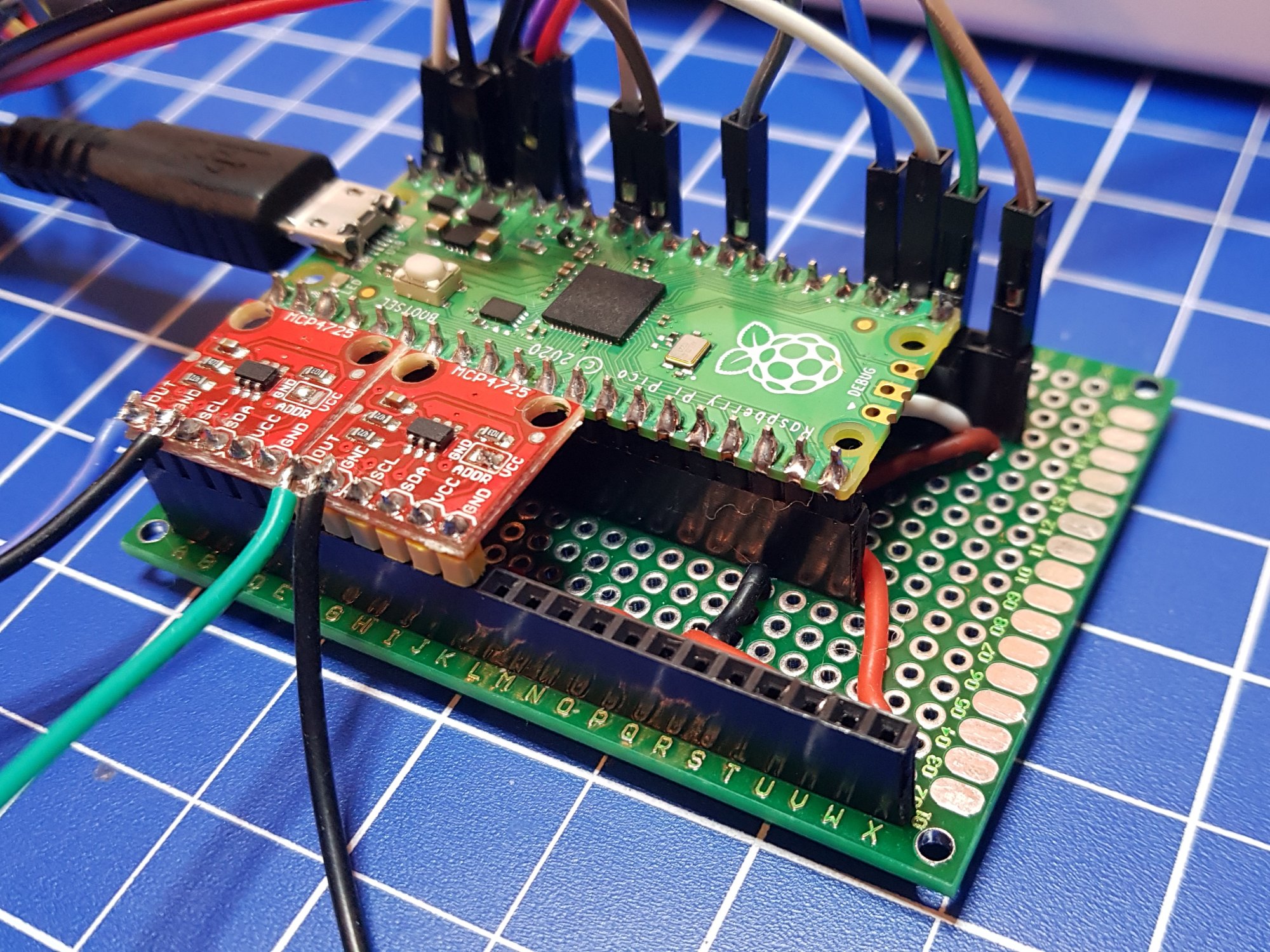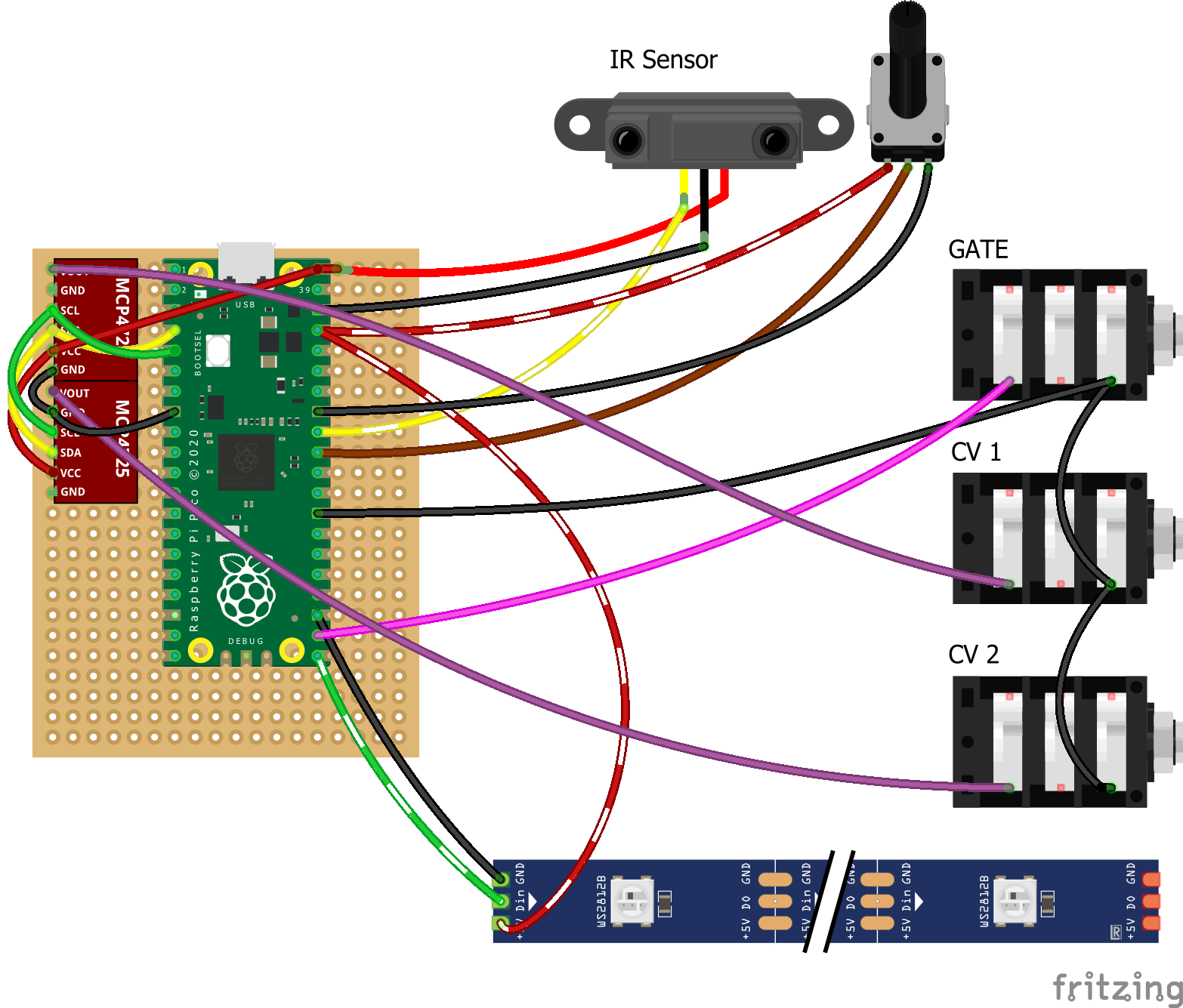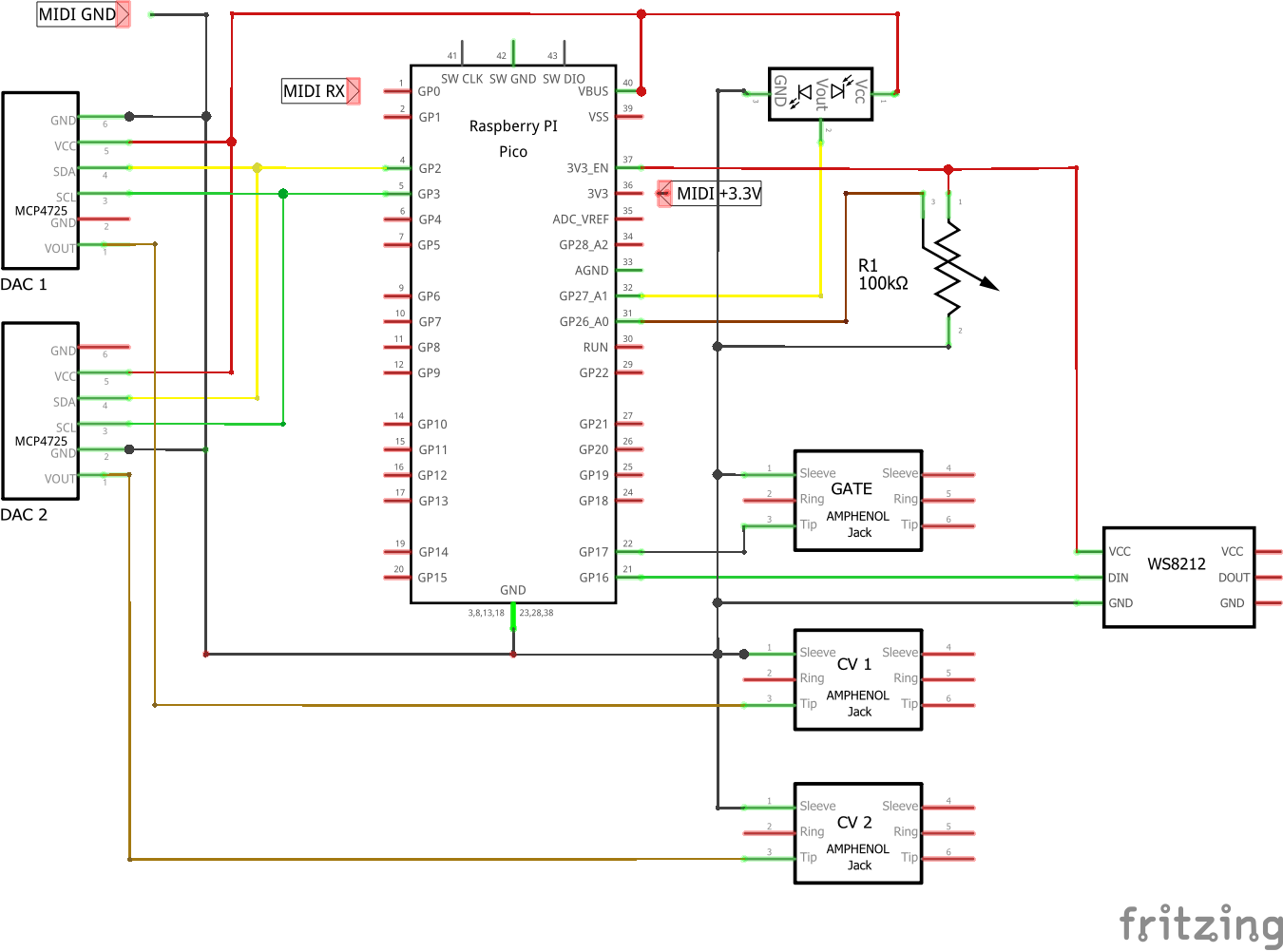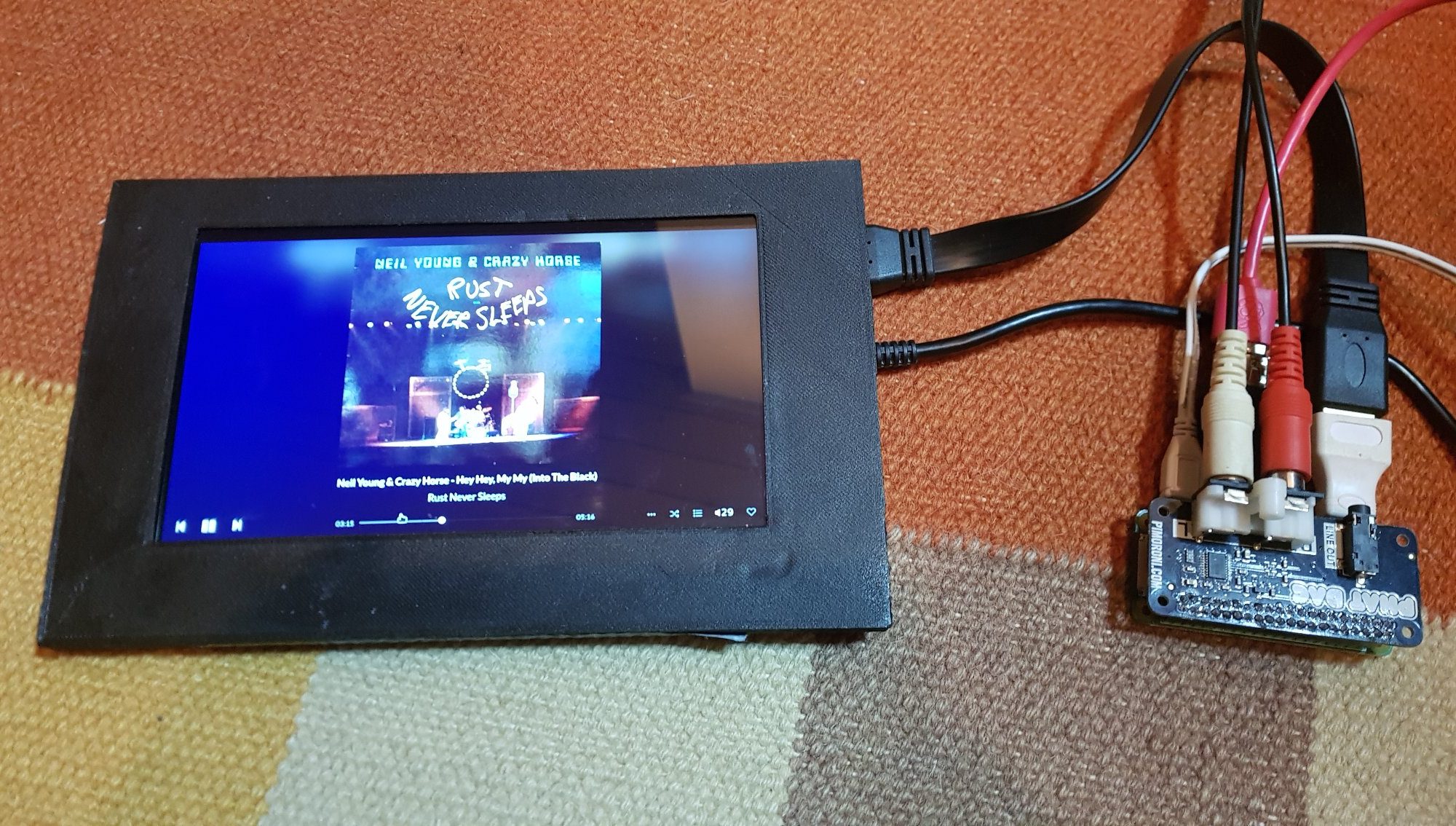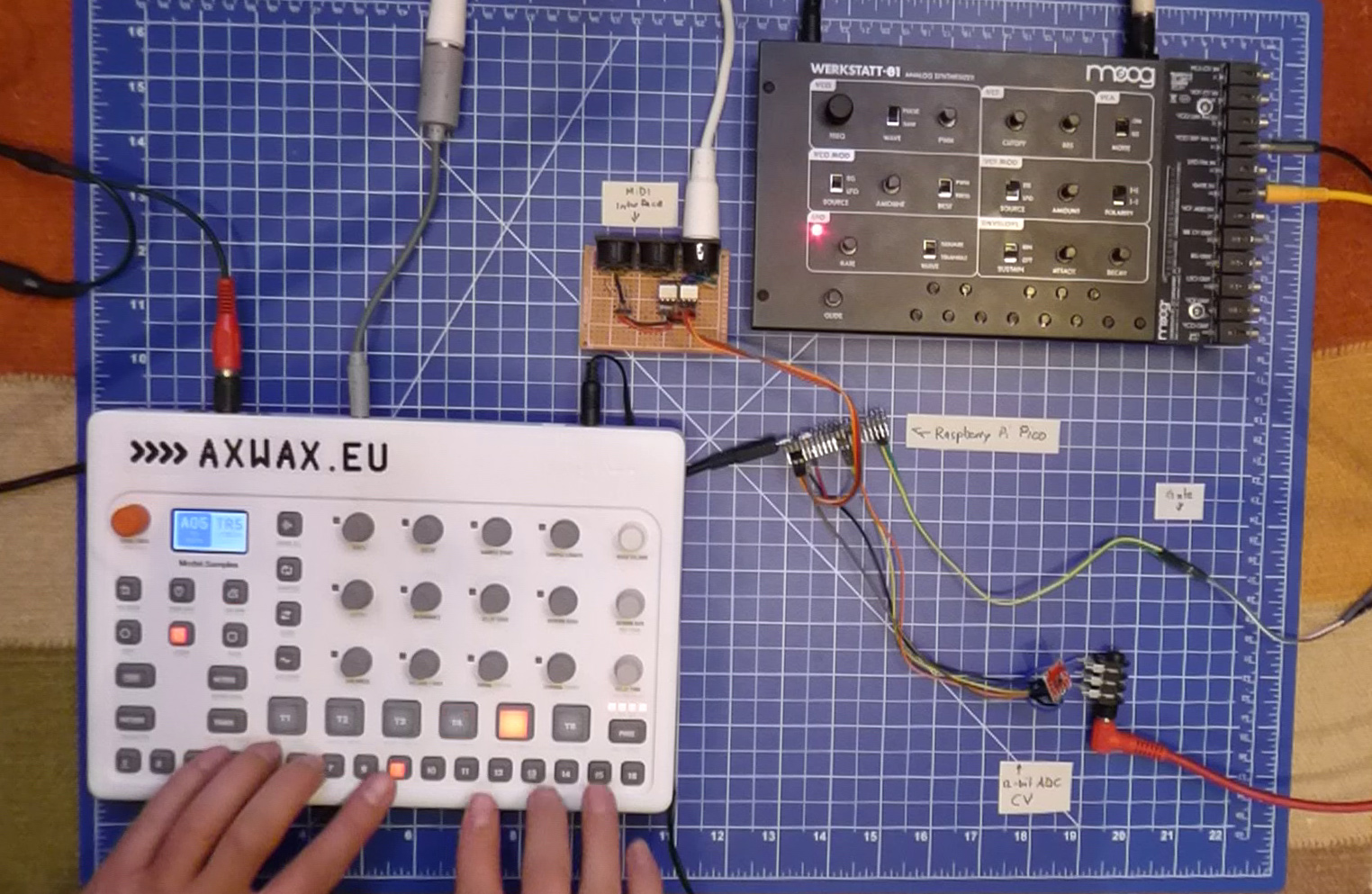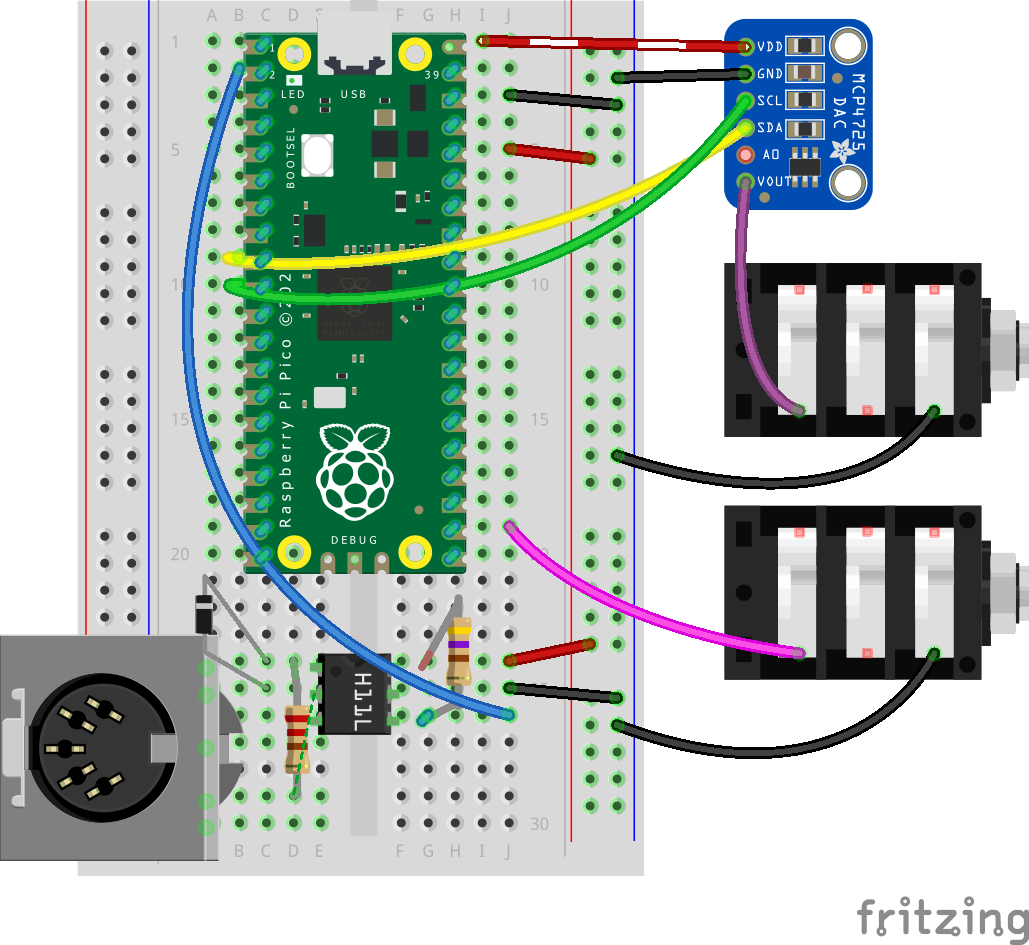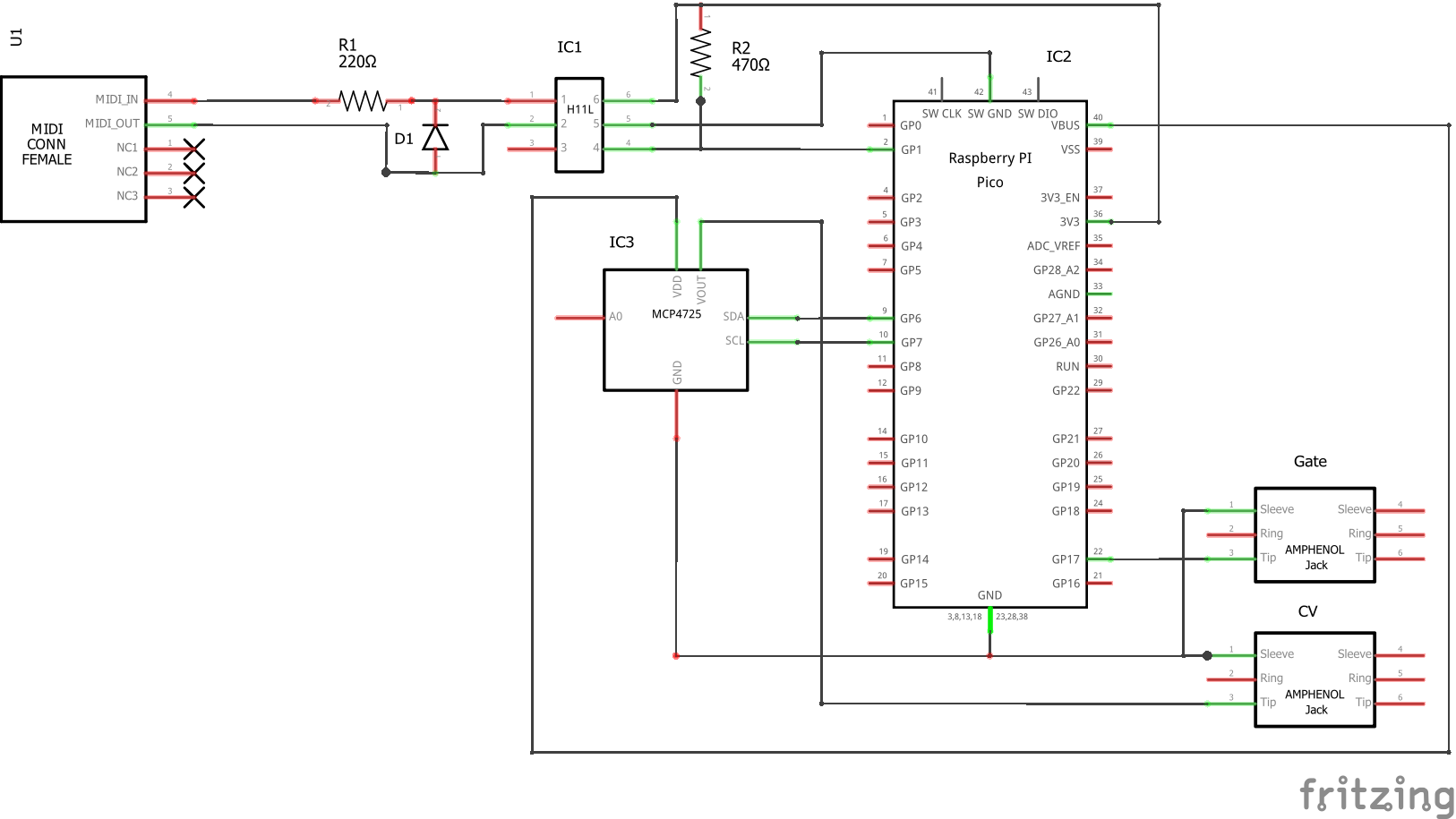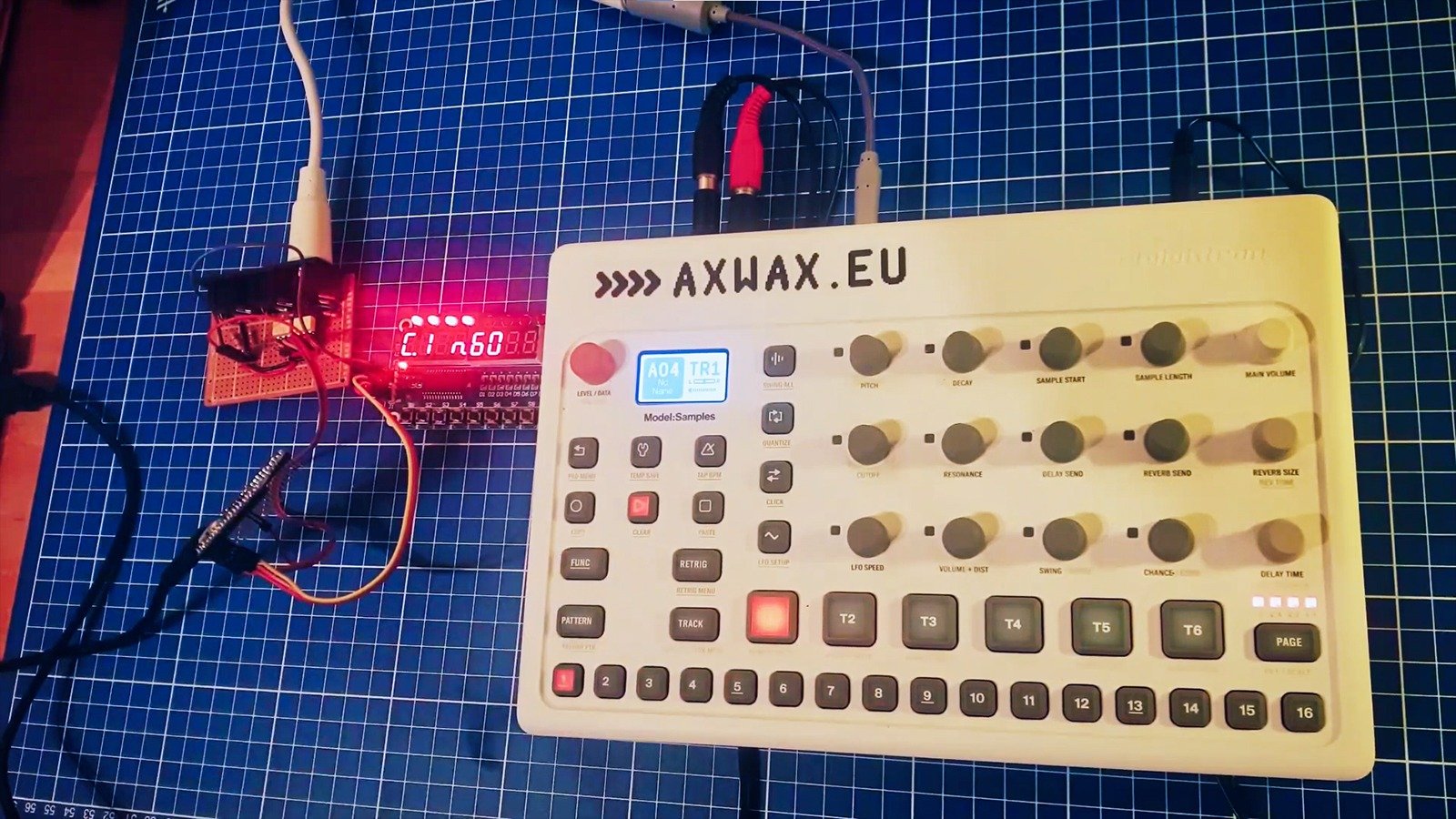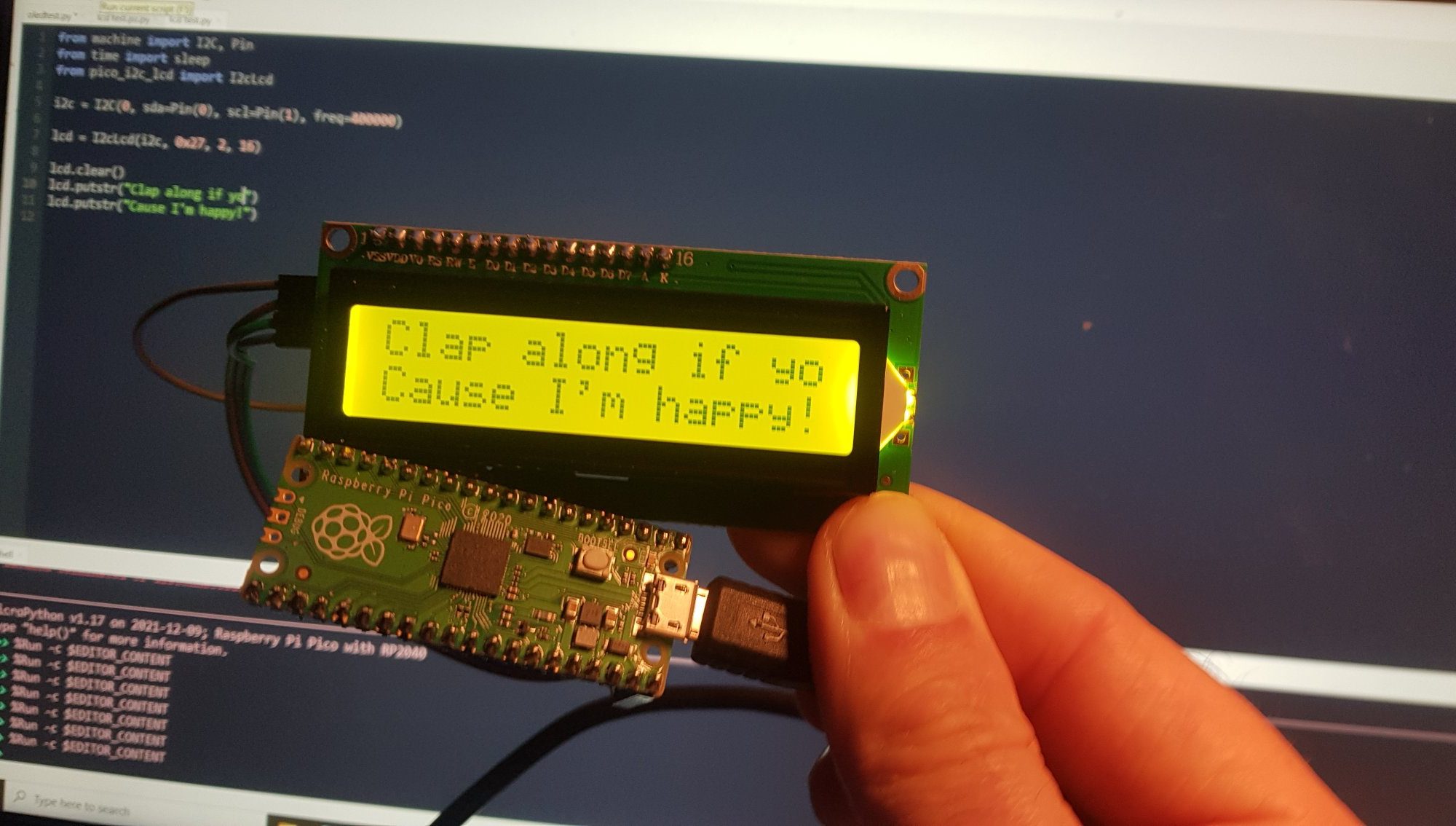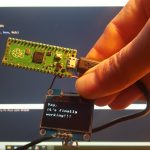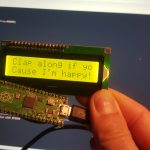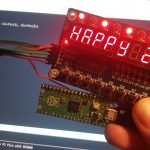While we’re still all reeling from the closure of Radio Free Fedi, there has been a big ray of light in the last few weeks, the integration between Bandwagon and The Indie Beat Radio.
To explain why I’m so excited about this, though, I’ll have to take a bit of time out to talk about the current state of affairs for Fediverse-related independent music artists. And, while I’m excited, I still have some concerns that will need to be resolved over time.
This is a long and rambling read – feel free to skip to the last bit to get to the best part!
Too much music?
In some ways it’s never been a better time for independent music artists trying to get their creations out into the world. You can buy professional quality production tools for your home computer, and for a small fee you can upload your music to global distributors who will put it on all the major services – Spotify, Deezer, Tidal, YouTube and many more. Suddenly the whole world can easily create, publish, and access music.
The trouble with this is, of course, the whole world is now creating and publishing music, and listening to music has become much more commoditised . No more need for personal recommendations before you spend your hard-earned pocket money at Woolworths when you can stream the whole catalogue of human musical knowledge at the push of a button. Music is now ‘consumed’, not listened to – algorithmically generated playlists ensure you always have something you like in the background – never too challenging, never too different, but just fresh enough to keep you interested. All for the affordable cost of one album purchase per month.
With millions of tracks out there, how do you get yours heard? And perhaps more importantly for some, how do you make any money out of the process? The streaming services were never great for paying their artists, and recent changes by the likes of Spotify have left smaller artists receiving no money at all for their efforts. Add into the mix the rise of AI-generated tunes, and playlists stuffed with specially-created background muzak, and the attraction dims further. For the majority of independent musicians, even some relatively well-known ones, the cost of creating and distributing is now likely to be more than the earnings from these services.
What do we need?
Assuming an artist is already able to produce their own music to an acceptable standard, there are a number of things they need.
- A way to distribute the content online, so fans can hear it
- A way for fans to pay for access to streaming, downloads or physical media, so they can earn money
- One or more ways for music fans to find them in the first place
Alongside these are other concerns
- Can I retain some control over where my music is heard?
- Is my music going to played next to Nazi content?
- Will I get fairly credited for my work?
Concept Definitions
Let’s give these concepts some names, so we can refer to them later. Yes, there’s likely some missing – e.g. physical merchandising, live performances – but these cover the ground I want to talk about for now.
Distribution
Getting my stuff out there for streaming and downloading
Attribution
Make sure my name (and ideally links) are clearly visible next to my distributed tracks.
Discovery
A way for listeners to find my stuff amidst everyone else’s
Payment
A way for people to pay for my stuff
Consent
Control over how and where my material is used
Trust
Knowing that the space I put my content in has some form of moderation or vetting over other people who share it, so I’m not next to Nazis.
How do existing services stack up?
Let’s look at some examples.
Streaming services
Well, the major streaming services are great for distribution, and maybe for discovery if you’re lucky enough (or know the right people) to get onto a major playlist. They’re not too bad for attribution as long as you don’t share your name with another artist.
Where they fall down is payment as they’re not paying small artists at all, and trust as you have no idea who will be next to you on a playlist. An advert for a right-wing extremist podcaster? Who knows!
Bandcamp
For several years now, Bandcamp has been a beacon of light in the fog, providing a fair way for artists to upload and sell their content and merchandise, taking only a (relatively small) cut – and none at all on Bandcamp Fridays.
It has some means of discovery with the blogs and featured artists, and a good search engine. It provides distribution and payment features.
However two recent transfers of ownership in the last few years have left users with major concerns – the latest owners fired most of the editorial staff writing the discovery articles, and the trust aspect has never been especially clear.
Also, while artist features helps the few lucky ones, it still isn’t a great discovery mechanism for the bulk of smaller artists out there, who still need to rely on other outlets to attract new listeners.
Post-Bandcamp Explosion
With decreasing trust that Bandcamp will remain the best option, a number of alternatives have sprung up over the last 12-18 months.
Faircamp
Faircamp is a static site generator specifically for audio files. For anyone with a small amount of technical knowledge it provides a very quick way to get your music onto a website, where people can listen and download. It solves the distribution problem very well. Trust and consent are baked-in as you own your own site.
Payments aren’t quite so simple, but there are soft barriers where you can link to external payment providers,
The big problem is discovery – one personal website on its own is never going to be found organically. I created the Faircamp Web Ring to try to help with this – and it’s definitely better than nothing – but it’s a drop-in-the-ocean of the web.
Bandcamp alternatives
A whole slew of sites have appeared attempting to recreate something similar to a Bandcamp experience – so many that it’s getting hard to keep track.
Each of these has some minor advantages over the others – Mirlo has spent some time setting up a cooperative to ensure there’s no corporate downsides, and their music upload process is a dream. Ampwall seems to have worked out a long-term sustainable pricing model (but at the expense of artists!). Others have their strengths as well – jam.coop is open source and cooperatively owned, Subvert has some experienced people behind it.
These all look at things from the artists point of view – trying to give artists exactly what they want and need. Which is great.. except… they all solve the same problems while missing some of the others.
They are good for distribution and payment, some are good at consent, allowing you to specify a licence for each track. Trust is a bit of an unknown but the cooperative natures point to good things there.
But…
Where they all fall down is that they’re forgetting about the listeners – i.e. discovery. Each one of them is an island, walled in from the rest of the web. None of them are (currently) looking outwards – and unless one of them reaches a “critical mass” size where they’ll become a known destination for listeners, they’re really nothing more than a slightly bigger Faircamp instance.
Also, for an artist, the proliferation of these sites presents a very real problem – do you put your music on all of them? That’s a big undertaking as uploading music takes time. If not, which ones do you pick?!
Perhaps the area is ripe for someone to come up with a meta-distribution platform that pushes albums out to all these services in one go – but then what’s the point? The same 200 artists appear on 6 different sites but no-one is listening or buying?
The limited amount of money available gets split between all the service providers, further diluting the pot – someone has to pay the hosting fees. Sadly, I predict most of these sites won’t be around in a year or two, as they just don’t have enough of a business model to cover their basic costs. But I hope I’m wrong.
The hard truth
The hard truth is: no casual listener is going to hunt across a myriad of tiny sites, each with a few hundred artists, to find their latest music fix. No matter how good your tagging or search engine is, if no-one is on your site, it’s not getting used.
I’m afraid that, with the best will in the world, I don’t believe any of these newer sites are going to hit a big enough critical mass to draw listeners in their own right. Even Bandcamp struggles a bit with this and they’re about as big as this model will bear – most folks out there won’t have heard of it.
Nothing is going to improve this situation unless we can bring new listeners to the music.
So what can we do?!
Clearly the distribution and payment parts are not the hard bit, as we’ve got a number of options here. The biggest thing is discovery, and it’s important not to forget that trust part here as well.
Let’s talk about discovery
How do people find music? Well, I can only speak for myself.
Radio
Historically listening to the radio has been a big part of it for me. While most British people my age will tell you John Peel was the go-to source – for me it was always the late great Annie Nightingale on a Sunday night, following the chart show – she played a whole range of eclectic but not-too-far-out music, introducing me to many artists I’d have never met before.
Nowadays mainstream radio has fragmented so much, and is controlled by the record labels to a large extent, especially in the US, that it suffers the same issues as the major streaming services – there’s no outlet for independent artists. (having said that, in the UK, it’s still worth tuning into BBC 6 Music from time to time – they’ve even played some Fediverse artists like Socool and Lehto!!).
Since I’ve joined the Fediverse, radio has again become a great source – (the also late, lamented) Radio Free Fedi opened my eyes to the wealth of talent out there in the Fediverse, for whom this is all about. The vast majority of music purchases I’ve made in the last 18 months have been artists I discovered this way. Something about listening to a great mix of stuff, and finding the ones that stand out, really works for me.
Magazines and Blogs
I also used to subscribe to Q Magazine (yes I know, how.. middle-of-the-road of me..) which was a great way to stay abreast of new releases.
These days that niche is filled by review websites – also struggling with corporatisation and control by the record companies. Pitchfork was recently folded into GQ, for reasons no-one fully comprehends!
There is some movement here – a new site Hearing Things is starting up, staffed by some folks who’ve been around for a while – but it’s early days yet.
Mixtapes, Podcasts and Compilations
Another great way to discover new artists is for someone else with good taste to find them for you.
Some great new examples of that in the Fediverse include AudioInterface and NHAM who both feature fedi artists.
Hot off the press: I’m told that NHAM will soon join the AudioInterface stable as well, which is great news!
Historically, record labels have put out compilation albums to help promote their artists, and more recently our own BonkWave compilations may (possibly?) have helped expose some folks who wouldn’t otherwise have been heard – they’ve certainly helped forge connections and build a community.
You still have to lead listeners to the compilation or mixtape or podcast in the first place, although this is likely an easier job than trying to get them to use a walled-in service like Mirlo or Ampwall.
Competitions and Challenges
The annual Fedivision Song Contest has been a great way to discover fedi artists. It’s getting quite big though, and hard for the organisers to manage (and tough to listen to all the entries when there’s so many!) so I don’t know how sustainable this will be into the future without some evolution of the format.
Many artists enjoy a challenge and there are several of these through the year. Currently in progress at the time of writing, #jamuary involves writing a track every day (or as often as you can) throughout the month of January. Following the hashtag on Mastodon will show you a lot of interesting music, and there are others throughout the year – try #looptober in October. Weekly challenges can be found on #weeklyBeats and #songAWeek hashtags.
Artists directories
With artists scattered all over the web, even if someone finds a new artist on a radio show or a podcast, they still need to be able to track them down. Listeners might also want to be sure they’re not giving money to someone with hateful views.
Here’s where a curated artist directory comes in – and hopefully the legacy of Radio Free Fedi is providing a good start on this with Independent Artist Support Community which is based on the old artists roster for the station.
Bandwagon and The Indie Beat Radio
So, that’s a lot of words to get to the point Keef, what are you trying to say, and why are you so excited??
Bandwagon
When Ben Pate’s Bandwagon first arrived, I was initially excited by the fact it was federated, this means it’s part of the wider Fediverse ecosystem including Mastodon, Pixelfed and so on. I was one of the first (if not the first?) artists on the site. It felt like one of these sites was finally able to think outside of a closed box – to link in with other places.
But, I have to say I didn’t really use it very much – the federated part turned out to be a bit less valuable (or less usable) than I imagined. (I think it needs more features – can talk about that elsewhere!) Apart from that it’s just like another Mirlo et al for distributing music – good, but not offering anything new – and I already have a Mirlo account.
What changed my mind was the integration with The Indie Beat Radio, and in particular the granular consent model that was introduced as a part of this.
The Indie Beat Radio Integration
Just as Radio Free Fedi was closing down, and with very little fanfare, a newcomer arrived on the scene – MizKirsten’s Indie Beat Radio. I was initially very sceptical – there were, and still are, some unique features of Radio Free Fedi which will be hard to replicate, and this station didn’t seem to do that. However it didn’t make any claims to be a successor, or replacement, for RFF.
The model is to funnel music directly from Bandwagon, through a technical integration.
Any artist on Bandwagon can simply tick a box which says “Distribute to these indie streaming services” and their tracks will be included. Even better, there are specific checkboxes so you can pick and choose which services to distribute to. Currently only the Indie Beat is available, but the fact they’ve left space for more shows a truly exciting direction of travel.
Why is this so exciting?
Well, it’s a fantastic demonstration of the art of the possible.
Imagine if every music distribution site – Mirlo, jam.coop, Ampwall, Subvert and more – all added a feature like this.
Imagine if many discovery mechanisms – radio stations, podcasts, compilation compilers – maybe even record labels?! – signed up as distribution targets.
Suddenly the walls tumble down. it doesn’t matter which platform an artist initially publishes music to, because they can integrate with all the discovery sites!
Imagine a future where listeners can choose from a huge range of tailored radio stations and podcasts, who have their pick of indie artists, all of whom have given explicit consent for their content to be used via a checkbox in Bandwagon, or wherever else!
The artist sites can cater for the artists, the listener sites can cater for the listeners, and integrations join everything up in the middle! How good is that?!!
Concerns
There are still some concerns to be addressed. I don’t think they’re insurmountable – but they need some work and effort.
Attribution
This is in the works, but it’s still not trivial to link back to an artist from the Indie Beat site (some of the external players do allow this, however – e.g. Lime Bar’s TIBR Roku app has a QR code with the link).
The information is already there, in the form of a link back to the artist’s Bandwagon, so it’s a case of exposing it to the end user somehow.
Trust
Possibly the biggest driving factor behind Radio Free Fedi was safety – the trust factor that every artist on the station had been vetted, approved – there was no danger that your music would play alongside someone promoting racist genocide.
To fix this for the Bandwagon/TIBR integration will take some thought and human effort. I know Ben is already thinking about moderation features for Bandwagon, which will absolutely help – but those features will need moderators to use them, and clear policies – all the things every federated Mastodon instance has had to learn over the years.
The trust part is possibly the hardest of all the factors I listed above to achieve. Both Bandwagon and TIBR are only just starting down that road, and need a clearer roadmap to inspire confidence in this area.
Curation
Another big piece of Radio Free Fedi was the curation – it wasn’t just a wild feed of everything out there. Tracks were hand-picked, by a human, to ensure they wouldn’t blow your ears off, they weren’t too long, and, in some cases were ‘comfy’ enough for shock-free listening.
The Indie Beat’s “Everything” channel is tantalisingly close to the discovery service RFF used to be, I’ve already found one artist through there. But the firehose of everything can lead to some less-than-optimal combinations. The other day, for example, I ended up listening to a 30 minute piece of extreme noise following 10 minutes of ambient noodling, which doesn’t make for the easiest listening experience.
To start to address this: MizKirsten has some big plans for curated channels and mixtapes – for example the new Not What I Call Radio Bonk Wave station. This is managed by me (disclaimer!) but curated by the community at bonkwave.org, so we can ensure only music that may, or may not, be Bonk Wave gets played.
This begins to show what we could have – but one of the joys of RFF was the variety. A selection of highly curated genre-specific stations, however good, isn’t quite the same.
I don’t know if we’ll ever get that back, but I do know that I’m a lot more optimistic about the future of this space than I was a few months ago when I first heard about RFF shutting down.
Here’s to the future!
source:Key 13











